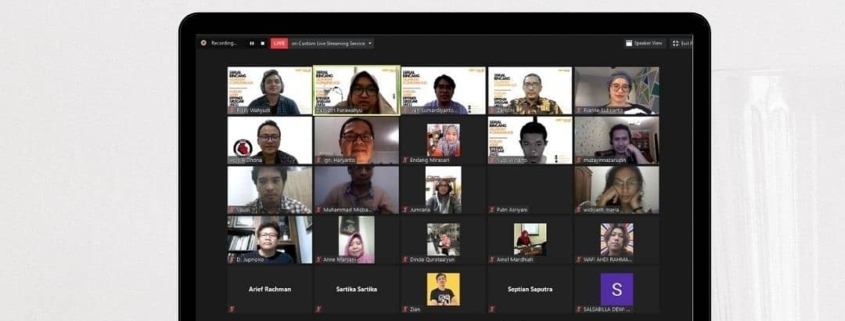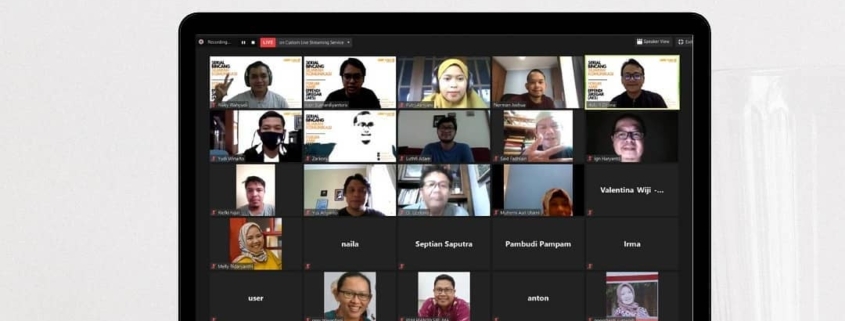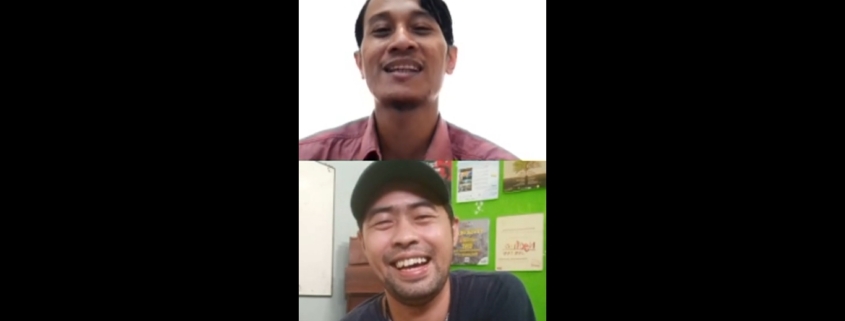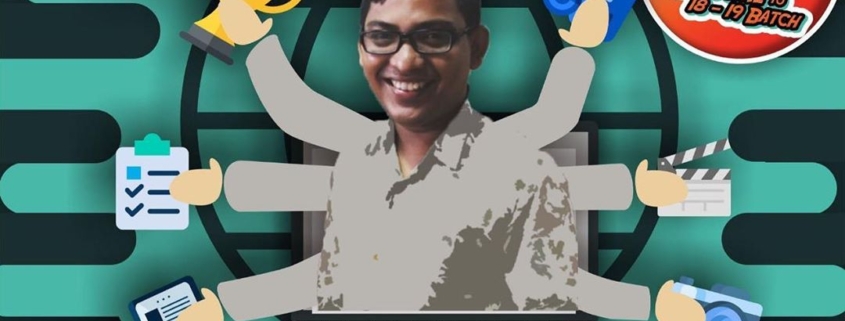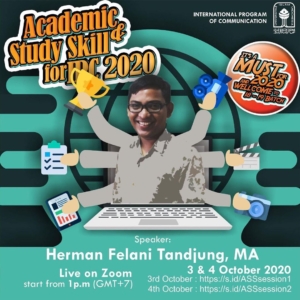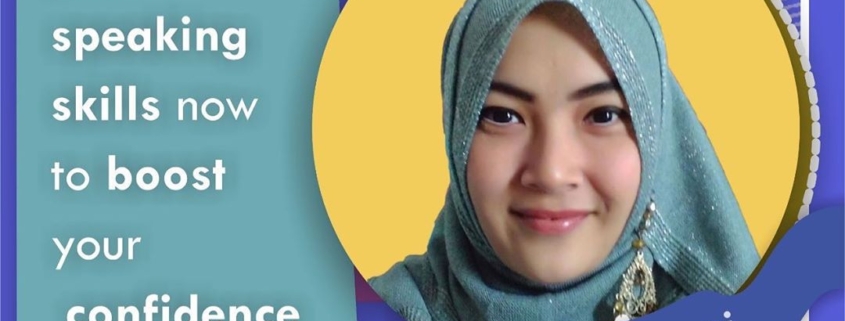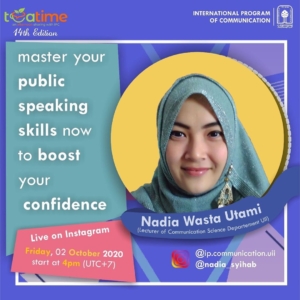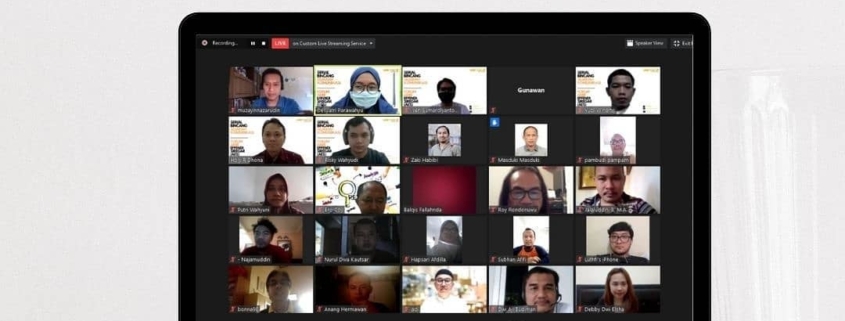Forum Forum Amir Effendi Siregar #13 kali ini 9 Oktober 2020 tak seperti biasa. Menghadirkan pembicara Indonesia yang sedang studi di Amerika membuat diskusi kali ini mengambil waktu di malam hari. Kali ini, Rianne Subijanto, Assistant Professor Kajian Komunikasi di Baruch College, City University of New York menjadi pembicara dalam diskusi Forum AES malam ini. Ia mengungkap sejarah komunikasi dan menemukan satu waktu dimana ada bagian kajian dalam komunikasi hilang.
Menurut Rianne, dalam komunikasi, ada kajian yang hilang. Kajian ini seperti tidak terlihat. Tampaknya jika dikaji di jaman sekarang bahkan, banyak perdebatan karena dianggap bukan ranah komunikasi lagi.
Diskusi Rianne ini mengangkat topik ‘Komunikasi sebagai Jaringan Sosial dan Transportasi: Kajian Sejarah Dulu dan Sekarang.” Transportasi yang menjadi bagian dari kajian komunikasi tak lagi digagas dalam banyak riset di ranah komunikasi.
Dilihat dari sejarah komunikasi yang panjang, “kajian komunikasi yang banyak muncul baru sebatas komunikasi yang memerantarai medium baru seperti media cetak, radio, televisi, maupun internet,” ujar Rianne.
Sistem Komunikasi: Benda-benda Kuno hingga Media Cetak
Riane melanjutkan bahwa umur media mulai dari media cetak (printed media) ini masih sangat muda. Padahal kalau mau ditelisik dari sejarahnya, praktik komunikasi ini umurnya sangat tua. Ada tulisan hieroglief dan kuneiform yang tertulis di lempengan batu bata di peradaban mesopotamia. Ada paprirus, dan ada gambar di gua pada dalam batu.
Di sini terlihat bahwa benda-benda kuno itu tak hanya milik sejarah, tapi juga ada proses komunikasi. Bahkan komunikasi tak hanya dilihat dari medium tercetak secara materil. Namun lebih mendasar. Komunikasi juga adalah proses pertukaran makna lewat oral, gestur, dan mimik muka.
Apa yang hilang di kajian Komunikasi dalam pandangan Rianne? Ia melihat komunikasi sebagai tranmisi (transportasi) dan budaya (ritual). Jika komunikasi dilihat dari adanya pertukaran makna, maka ada pertukaran sosial, ada akulturasi budaya juga. Jika dilihat dari sini komunikasi juga diperantai oleh transportasi. Jaman dahulu orang melakukan perjalanan dengan menggunakan unta atau keledai untuk berdagang. “dan ternyata ada pertukaran budaya penyebaran islam, akulturasi budaya,” papar Rianne.
Sistem komunikasi harus dilihat sebagai jaringan transportasi (transport network) dan jaringan sosial (social networks) sebagai konsep. “Namun, sekarang jika kita mau melihat transportasi dalam kajian komunikasi mungkin orang akan nyuruh ke geografi atau sosiologi dulu,” kata Rianne.

